When doing laundry, one common question is how much detergent I should use. Finding the perfect amount of detergent is vital to achieving clean, fresh-smelling clothes, all while saving money and reducing waste. This comprehensive guide will explore the factors to consider when determining the amount of detergent for your laundry needs. From there, we’ll provide practical guidelines for accurate detergent measurement, share dos and don’ts for optimal results, and offer money-saving tips.
Get ready to dive into the exciting world of mastering detergent usage in the laundry!
Factors to Consider for Optimal Detergent Usage:
Several factors come into play when determining the appropriate amount of detergent for your laundry. Understanding these factors can help you make informed decisions and achieve the best results.
 Type of Laundry:
Type of Laundry:
The fabric type and the dirtiness level are significant factors to consider when deciding how much detergent to use. For heavily soiled items or fabrics prone to stains, such as workout clothes or children’s clothing, you may need more detergent to ensure thorough cleaning. Delicate fabrics, however, require gentler treatment and may need less detergent to avoid damage. By assessing your laundry’s specific needs, you can tailor your detergent usage accordingly, ensuring that your clothes come out clean and fresh every time.
Water Hardness:
Water hardness refers to the mineral content in your water supply, primarily calcium and magnesium ions. Hard water can affect the effectiveness of detergent by forming insoluble mineral deposits and interfering with the cleaning process. As a result, more detergent may be needed to achieve the same level of cleanliness compared to soft water. If you live in an area with hard water, you may need to adjust the amount of detergent accordingly or consider using a water softener to improve detergent performance. By understanding the hardness of your water and its impact on detergent efficacy, you can optimize your detergent usage and achieve better results in your laundry.
Machine Type:
The type of washing machine you have can also influence the amount of detergent needed for effective cleaning. Front-loading machines typically use less water than top-loading machines, so less detergent may be required to avoid oversudsing. Additionally, high-efficiency (HE) washing machines require specially formulated detergents to produce fewer suds and rinse away more quickly. By taking into account the specific characteristics of your washing machine, you can adjust your detergent usage to ensure optimal performance and avoid issues such as excessive sudsing or detergent residue on your clothes.
Guidelines for Measuring Detergent:
Accuracy is critical to achieving the best results when measuring detergent for your laundry. Follow these practical guidelines to ensure you use the suitable detergent for your laundry needs.
Using the Detergent Dosing Cap:
Most liquid detergents come with a dosing cap or measuring cup to help you dispense the correct amount of detergent. Take advantage of this tool by following the manufacturer’s instructions and using the appropriate amount for your laundry load size. Overfilling the cap can lead to excessive sudsing, resulting in poor rinsing and detergent residue on your clothes. On the other hand, underfilling the cap may not provide enough cleaning power to tackle tough stains and dirt. Using the dosing cap as intended and measuring detergent accurately can avoid issues and achieve optimal cleaning results every time.
Adjusting for Load Size:
The size of your laundry load should also factor into how much detergent you use. Smaller loads require less detergent, while larger loads may need more to ensure thorough cleaning. As a general rule, fill the detergent cap to the appropriate line based on your load size, as indicated on the detergent packaging. If you’re unsure about the right amount to use, start with a smaller amount and adjust based on your laundry’s size and soil level. Changing your detergent usage to match your load size can optimize cleaning performance and avoid waste.
Reading Detergent Labels:
Always read the labels on your detergent packaging for specific usage instructions and guidelines. Manufacturers often provide recommendations based on water hardness, load size, and machine type. Pay attention to these instructions and follow them closely to ensure you’re using the right detergent for your laundry needs. By adhering to the manufacturer’s guidelines, you can maximize the effectiveness of your detergent and achieve cleaner, fresher-smelling clothes with every wash.
Dos and Don’ts for Effective Detergent Usage
Following certain dos and don’ts when using detergent is essential to achieve optimal laundry outcomes and avoid common pitfalls. Adhering to these guidelines ensures that your clothes come out clean, fresh-smelling, and detergent residue-free.
Dos:
Start with less:
When in doubt, starting with a smaller amount of detergent is better and adjusting as needed. Too much detergent can lead to excessive sudsing, resulting in poor rinsing and detergent residue on your clothes. By starting with a conservative amount and adding more if necessary, you can avoid issues and achieve optimal cleaning results without wasting detergent.
Pre-treat stains:
Consider pre-treating stains before washing to reduce the detergent needed for effective stain removal. Pre-treating can help break down tough stains and dirt, allowing the detergent to work more efficiently during the wash cycle. Many pre-treatment products are available on the market, or you can use household items like vinegar or baking soda to tackle stains naturally. By pre-treating stains before washing, you can minimize the amount of detergent needed and ensure that your clothes look their best.
Don’ts:
Overfilling the Cap:
Avoid overfilling the detergent cap, which can lead to excessive sudsing and poor rinsing. Overfilled detergent caps can also result in detergent residue on your clothes, making them stiff and dull. Stick to the recommended dosage and avoid the urge to pour in extra detergent, even for heavily soiled loads. Using the correct amount of detergent ensures that your clothes are thoroughly cleaned without any unwanted residue.
Using Too Little:
While it’s important not to overdo it with detergent, using too little can also be problematic. Insufficient detergent may not provide enough cleaning power to effectively remove dirt and stains from your clothes, resulting in less-than-ideal cleaning outcomes. Use adequate detergent for your laundry load size and soil level to avoid this issue. You can achieve clean, fresh-smelling clothes without wasting detergent or compromising cleanliness by striking the right balance.
Tips for Saving Money on Detergent Purchases:
Regarding household expenses, laundry detergent can be a recurring cost that adds up over time. Fortunately, there are several strategies you can employ to save money on detergent purchases without compromising on cleaning performance. Follow these practical tips to stretch your dollar further and keep your laundry budget in check.
Use Less Detergent Than You Think:
Contrary to popular belief, you don’t need much detergent to clean your clothes. Too much detergent can be wasteful and may result in poor cleaning outcomes. Start with a conservative amount of detergent, as the manufacturer recommends, and adjust as needed based on your laundry load size and soil level. By using less detergent than you think you need, you can stretch each bottle further and save money in the long run.
Use Coupons and Discounts:
Take advantage of coupons, sales, and discounts to save money on detergent purchases. Many detergent brands offer coupons online or in newspapers and magazines, allowing you to save on your favorite products. Additionally, watch for sales and promotions at your local grocery store or big-box retailer, where you can score discounted prices on detergent. Combining coupons with sales can maximize your savings and stock up on detergent when prices are low.
Buy in Bulk:
Consider purchasing detergent in bulk to save money over time. Many retailers offer larger sizes of detergent at a lower cost per ounce than smaller containers. By buying in bulk, you can reduce the cost per load of laundry and minimize the frequency of your detergent purchases. Store your detergent correctly to maintain its effectiveness and prevent it from clumping or deteriorating over time.
Try DIY Detergent:
For those looking to save even more money, consider making your laundry detergent at home. Many simple recipes are available online using common household ingredients like soap, washing soda, and borax. Not only is homemade detergent cost-effective, but it also allows you to customize the ingredients to suit your preferences and avoid harsh chemicals in some commercial detergents. By making your detergent, you can save money and reduce your environmental footprint at the same time.
Compare Detergent Prices:
Before making a detergent purchase, take the time to compare prices at different retailers to ensure you’re getting the best deal. Prices can vary significantly depending on where you shop, so it pays to research and shop around for the lowest prices. Online shopping platforms and price comparison websites can be valuable resources for finding the best deals on detergent and saving money on purchases.
Environmental Considerations:
Incorporating environmental considerations into your laundry routine reduces your ecological impact and safeguards the environment. While prioritizing efficient detergent use and cost savings is crucial, assessing the ecological implications of our laundry practices is equally important. Traditional detergents frequently contain chemicals harmful to aquatic ecosystems, and laundry processes consume substantial energy and water resources. We can mitigate pollution and preserve vital resources by adopting eco-friendly practices, such as opting for biodegradable detergents and washing clothes in cold water.
Case Studies or Testimonials:
Let’s hear from individuals or households who’ve successfully embraced eco-friendly laundry practices. Sarah (Not real name), a mother of two, shares how switching to a biodegradable detergent reduced her family’s environmental impact while keeping their clothes clean and fresh. These real-life examples inspire us to make positive changes in our laundry routines.
Tips for Green Laundry Products:
Discover specific eco-friendly laundry products recommended by experts. Brands like Seventh Generation, ECOS, and Mrs. Meyer offer biodegradable options that clean effectively while minimizing environmental harm. Look for certifications from reputable organizations like the Environmental Working Group to ensure your choice aligns with your eco-conscious values.
DIY Cleaning Recipes:
Explore homemade cleaning recipes using natural ingredients. Combine washing soda, borax, and grated castile soap to create laundry detergent. These DIY alternatives are cost-effective, environmentally friendly, and customizable to suit your preferences. Experiment with different ingredients and scents to find what works best for you.
Additional Eco-Friendly Practices:
Go beyond detergent usage and consider other green laundry practices. Use reusable laundry bags to reduce plastic waste, repair clothes instead of replacing them to extend their lifespan, and donate old clothing to charity or repurpose them for crafts or cleaning rags.
Community Initiatives:
Get involved in local or global initiatives promoting sustainable laundry practices. Participate in clothing swaps, support detergent refill stations, or join community composting programs. Engaging with these initiatives will contribute to a more sustainable future while connecting with like-minded individuals in your community.
Key Takeaways:
- Environmental Considerations Matter: Considering the environmental impact of our laundry habits is essential for minimizing our ecological footprint and protecting the planet.
- Optimize Detergent Usage: By considering the type of laundry, water hardness, and machine type, we can determine the right amount of detergent for optimal cleaning performance.
- Practical Guidelines: Following practical guidelines for measuring detergent accurately and adhering to dos and don’ts can ensure effective cleaning results while minimizing waste.
- Save Money on Detergent Purchases: Utilizing tips such as using less detergent, taking advantage of coupons and discounts, buying in bulk, and trying DIY detergent can help save money on detergent purchases over time.
- Embrace Eco-Friendly Practices: Embracing eco-friendly laundry practices, such as using biodegradable detergents, exploring DIY cleaning recipes, and participating in community initiatives, can lead to cleaner clothes and a healthier planet.
- Small Changes Make a Big Difference: Small changes in our laundry habits, such as switching to eco-friendly products or participating in community initiatives, can collectively positively impact the environment.
FAQ:
Check out our FAQ section below for answers to common questions:
Q: Are eco-friendly detergents as effective as traditional detergents?
A: Many eco-friendly detergents are formulated to be just as effective at cleaning clothes as traditional detergents. Look for products certified by reputable organizations and have positive reviews from users.
Q: Can I use eco-friendly detergents in all types of washing machines?
A: Most eco-friendly detergents are compatible with high-efficiency (HE) and traditional washing machines. However, always check the manufacturer’s instructions to ensure compatibility with your specific machine.
Q: How can I make my eco-friendly laundry detergent?
A: Making your eco-friendly laundry detergent is easy and cost-effective. Try a simple recipe using washing soda, borax, and castile soap. There are many recipes available online to suit different preferences and needs.
Q: Will using cold water for laundry make a difference?
A: Yes, washing clothes in cold water can significantly reduce energy consumption and help preserve the integrity of fabrics. Cold water washing is especially effective when paired with eco-friendly detergents formulated in cold water.
Additional Resources:
Want to learn more about eco-friendly laundry practices and sustainable living? Explore the following resources for further information and inspiration:
- Websites: Visit websites like Sustainable Brands for articles, tips, and product recommendations related to eco-friendly laundry practices.
- Books: Check out “Green Clean: The Environmentally Sound Guide to Cleaning Your Home” by Linda Mason Hunter and Mikki Halpin for comprehensive green cleaning and laundry guides.
- Articles: Read articles from reputable sources like National Geographic or The Guardian for in-depth coverage of environmental issues and sustainable living tips.
- Podcasts: Listen to podcasts like The Sustainable Living Podcast or Green Dreamer for interviews with experts and discussions on topics related to eco-friendly living.
Success Stories:
Explore inspiring success stories of individuals or communities embracing eco-friendly laundry practices. From small households to entire neighborhoods, these stories highlight the positive impact that sustainable living can have on the environment and community well-being. Learn from their experiences, challenges, and achievements as they strive to make a difference, one load of laundry at a time.
Expert Insights:
Gain valuable insights from environmental experts, sustainability advocates, and professionals in the laundry industry. Experts offer expert analysis, research findings, and practical advice on the benefits and challenges of eco-friendly laundry practices. From the science behind biodegradable detergents to the latest innovations in water-saving technologies, expert insights provide readers with credible information to guide their sustainability journey.
Interactive Worksheets or Checklists:
Download interactive worksheets or checklists to assess your current laundry practices, set sustainability goals, and track your progress over time. These practical tools help readers identify areas for improvement, implement eco-friendly habits, and measure their environmental impact. From calculating water and energy usage to evaluating product choices, interactive worksheets empower readers to take meaningful action toward a more sustainable lifestyle.
Click here to download the Eco-Friendly Laundry Practices Checklist (PDF)
Eco-Friendly Detergents:
- Seventh Generation Free & Clear Laundry Detergent: This detergent is made with plant-based ingredients and is free from dyes, fragrances, and artificial brighteners. It’s biodegradable and certified by the EPA’s Safer Choice program.

- ECOS Laundry Detergent: ECOS detergent is formulated with plant-powered ingredients and is pH-balanced, hypoallergenic, and free from dyes and synthetic fragrances. It’s also readily biodegradable and cruelty-free.

- Mrs. Meyer’s Clean Day Laundry Detergent: Mrs. Meyer’s detergent is made with plant-derived ingredients and essential oils for a fresh and clean scent. It’s biodegradable, cruelty-free, and comes in recyclable packaging.

- Biokleen Laundry Liquid: Biokleen’s detergent is concentrated and made with plant-based surfactants, citrus extracts, and grapefruit seed extract. It’s free from artificial colors, fragrances, and preservatives and safe for standard and HE washing machines.

- Rockin’ Green Natural HE Powder Laundry Detergent: This detergent is specially formulated for high-efficiency washing machines and is made with biodegradable plant-based ingredients. It’s free from phosphates, optical brighteners, and artificial fragrances.
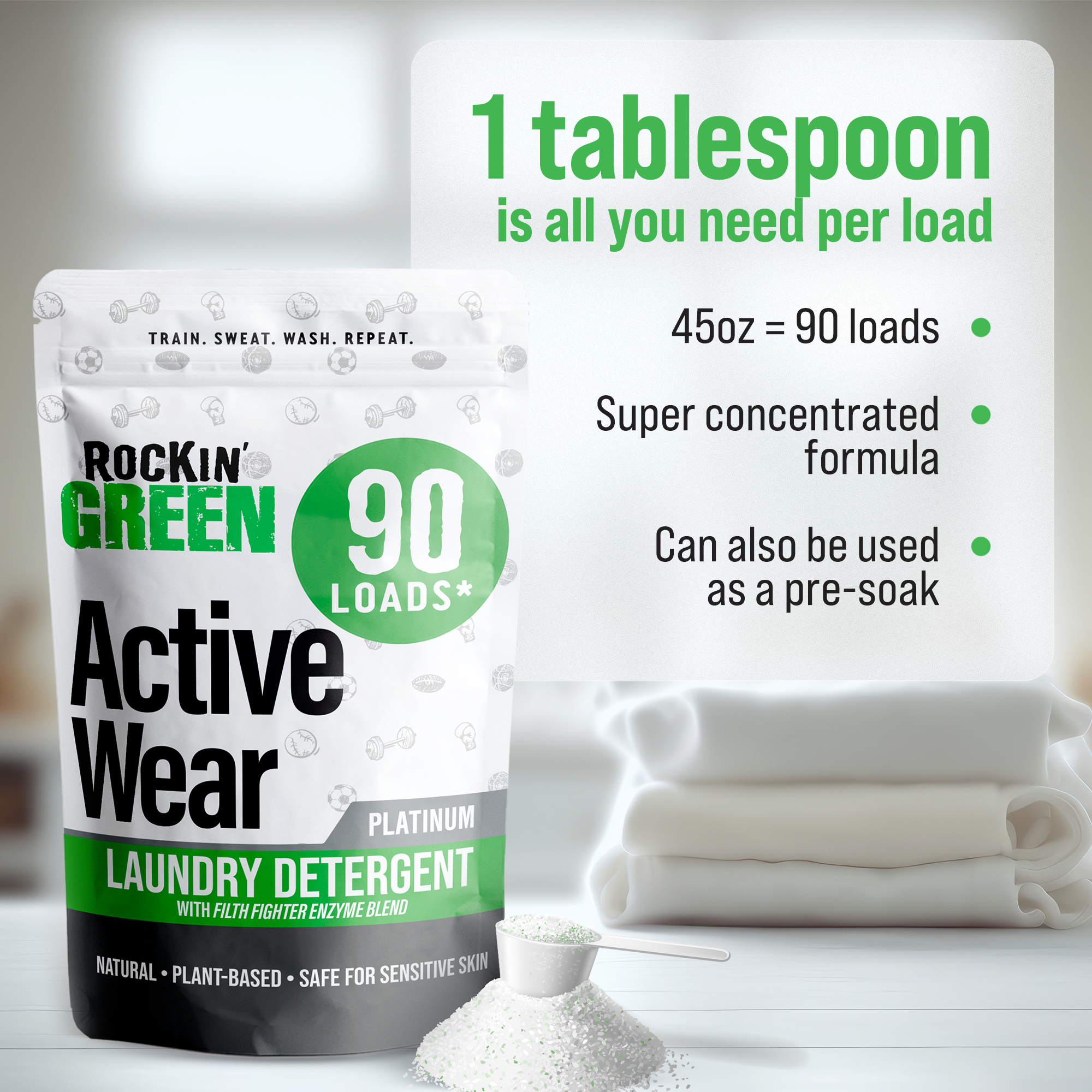
Best Inexpensive Washing Machines:
- Amana NTW4516FW: This top-loading washing machine offers simple and efficient operation at an affordable price. It features a large-capacity tub, multiple wash cycles, and a durable design.

- Magic Chef MCSTCW16W4: This compact top-loading washing machine is perfect for small spaces or apartments. It offers a variety of wash cycles and settings, as well as a stainless steel tub for durability.

- RCA RPW091: The RCA RPW091 is a portable top-loading washing machine ideal for small households or as a secondary washer. It’s lightweight, easy to use, and offers customizable wash settings.
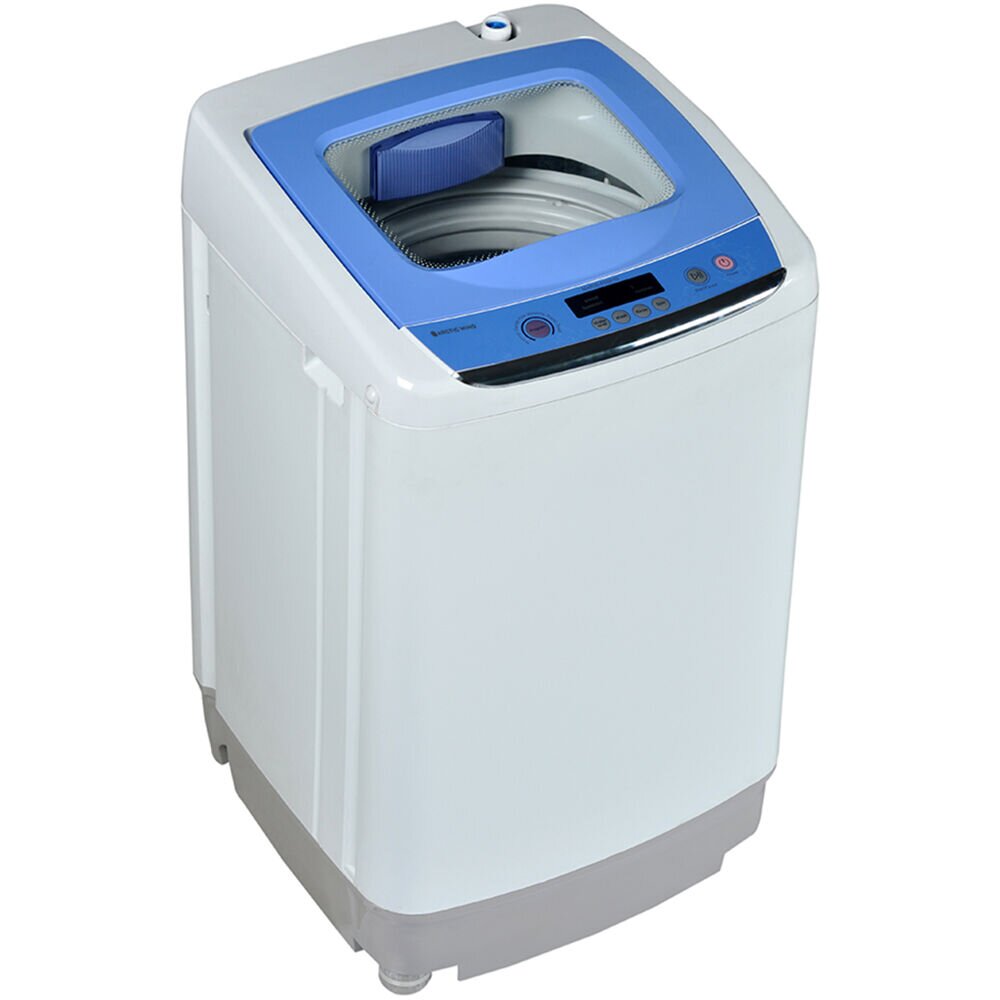
- Costway Portable Mini Compact Twin Tub Washing Machine: This portable twin tub washing machine is perfect for RVs, camping trips, or small apartments. It features separate wash and spin tubs, timer control, and a lightweight, space-saving design.
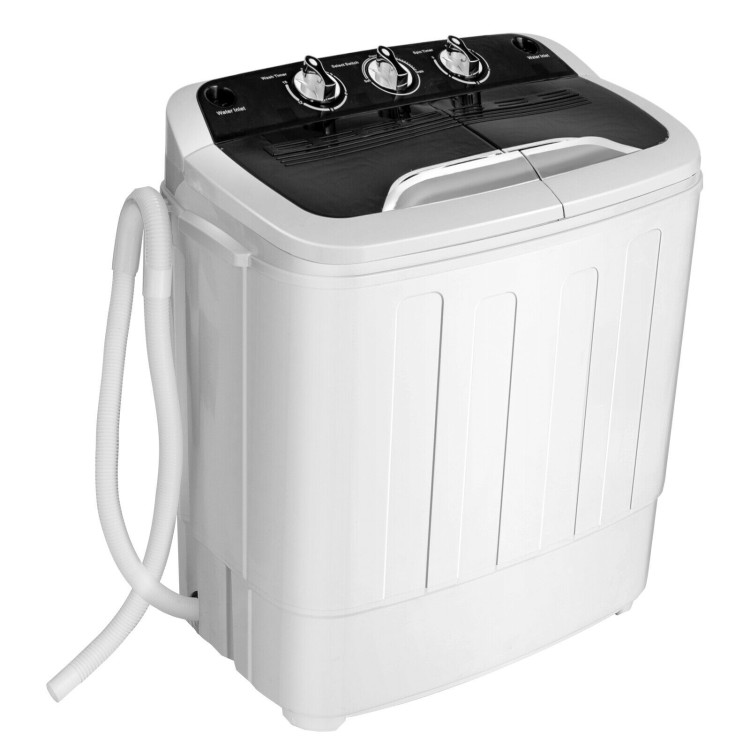
- Black + Decker BPWM09W: This compact top-loading washing machine offers a range of wash cycles and settings, including a quick wash option for smaller loads. It’s energy efficient, easy to install, and budget-friendly.
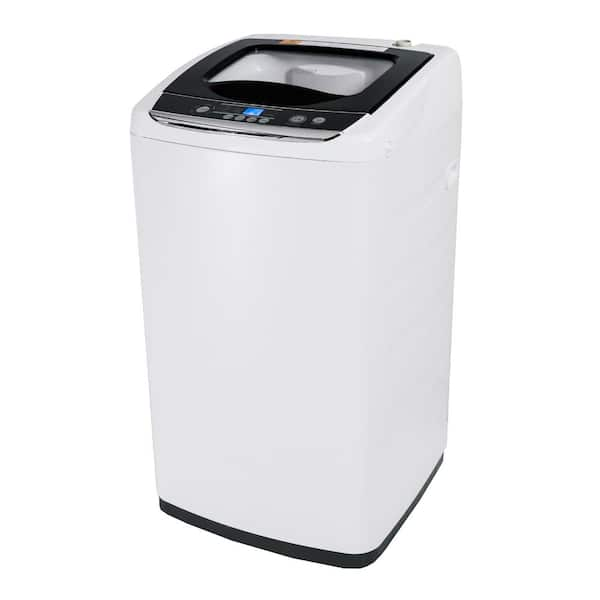
Using Detergent Pods
When using detergent pods, the required amount depends on factors like laundry load size, water hardness, and product formulation. Typically, one pod is sufficient for a standard load in a top-loading machine, but larger loads or HE machines may require two pods. Follow manufacturer instructions for best results and store pods safely to prevent accidental ingestion. Consult the product label or contact customer service for specific dosage or usage queries.
Top-Rated Detergent Pods
Here are five top-rated detergent pods renowned for their effectiveness and convenience performance. They often come in various scents and formulations to suit different preferences and laundry needs. Always follow the manufacturer’s instructions for proper usage and dosage to achieve the best results.
- Tide PODS 3-in-1 Laundry Detergent: Tide PODS are known for their powerful cleaning performance and convenient single-dose format. They contain detergent, stain remover, and brightener in one pod, making laundry day more manageable and efficient.
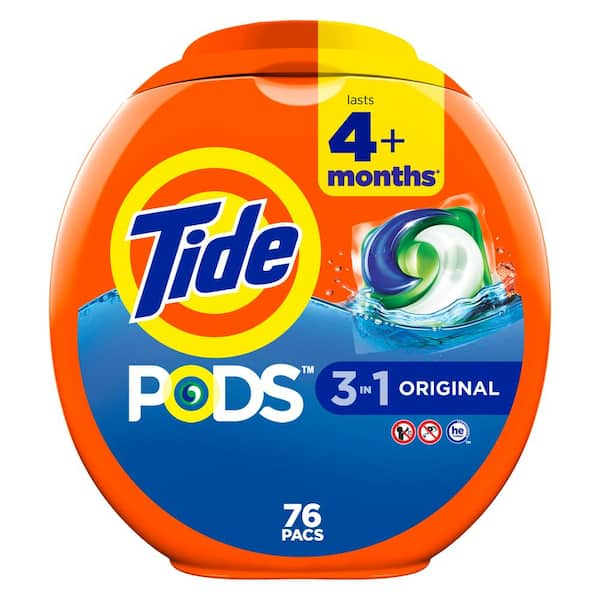
- Gain Flings! Laundry Detergent Pacs: Gain Flings! are popular for their refreshing scents and ability to tackle tough stains and odors. These detergent pacs dissolve quickly in hot and cold water, providing consistent cleaning results.
- Arm & Hammer Plus OxiClean 5-in-1 Power Paks: Arm & Hammer Power Paks combine the cleaning power of Arm & Hammer baking soda with the stain-fighting capabilities of OxiClean. They are designed to work in all temperatures and effectively remove dirt and stains.

- Persil Discs Laundry Detergent Pacs: Persil Discs are formulated with Persil’s patented Pro10 technology, which delivers deep cleaning and superior stain removal. These detergent pacs dissolve completely in water, leaving clothes smelling fresh and clean.
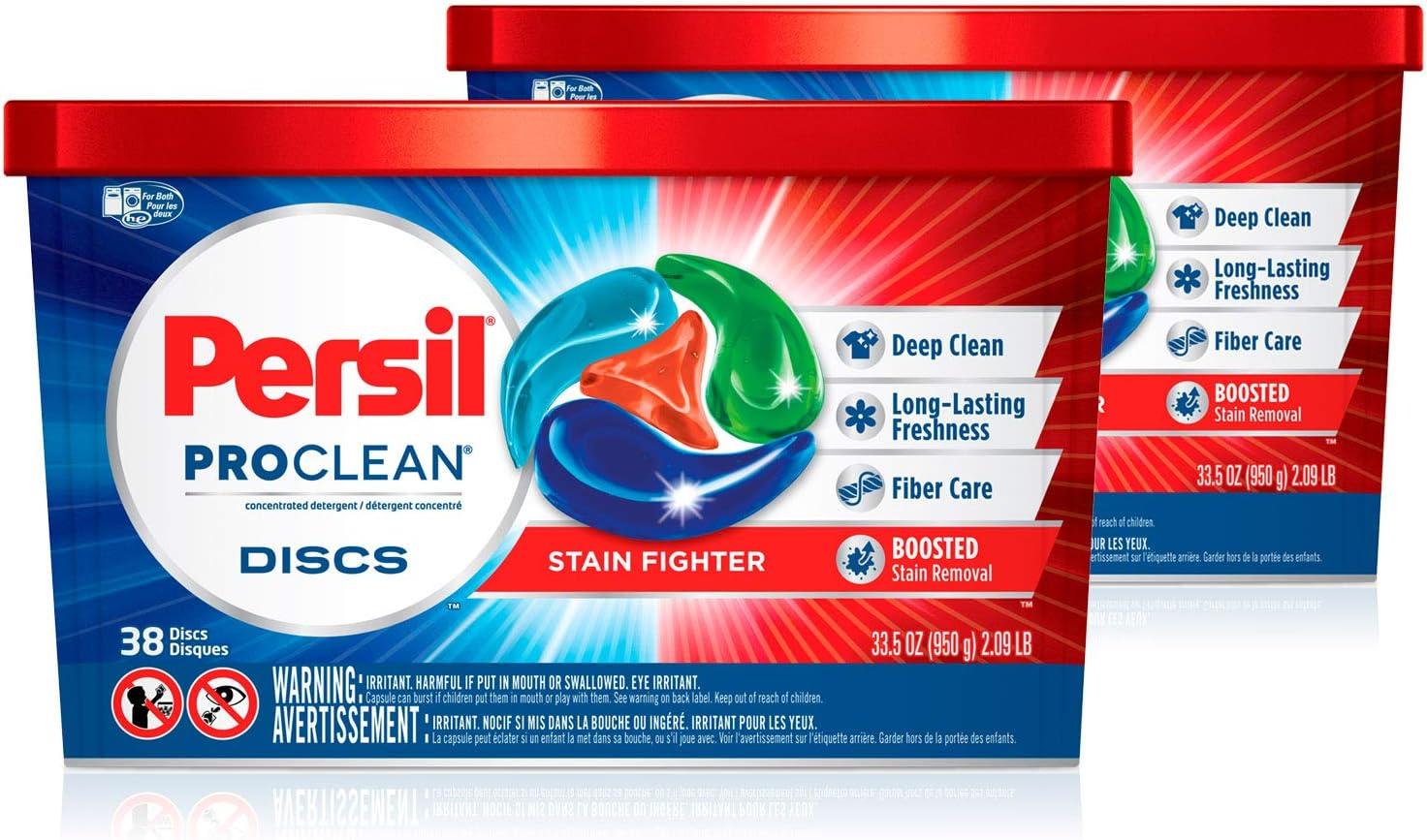
- Seventh Generation Free & Clear Laundry Detergent Packs: Seventh Generation Free & Clear Detergent Packs are a great choice for those with sensitive skin or allergies. They are made with plant-based ingredients and are free from fragrances, dyes, and artificial brighteners.
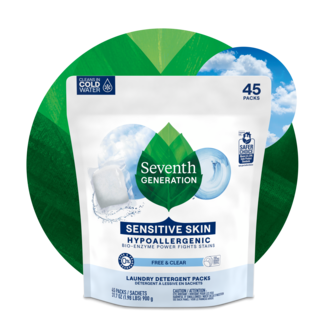
Summary:
In this comprehensive guide, we’ve covered everything from determining the ideal detergent dosage to emphasizing eco-friendly practices and providing practical tips for greener laundry habits. By implementing these guidelines, you can achieve cleaner clothes while minimizing your ecological footprint. Mastering detergent usage is crucial for attaining clean clothes, saving money, and reducing waste. Consider factors like laundry type and water hardness to determine the right amount of detergent, and follow practical guidelines to optimize results. Utilize money-saving strategies like coupons, bulk purchases, or DIY detergent. Thank you for reading our guide. Feel free to share your thoughts or questions in the comments. Happy washing!
Follow us on Facebook and Instagram for the latest updates and exclusive content! Join our community now!

